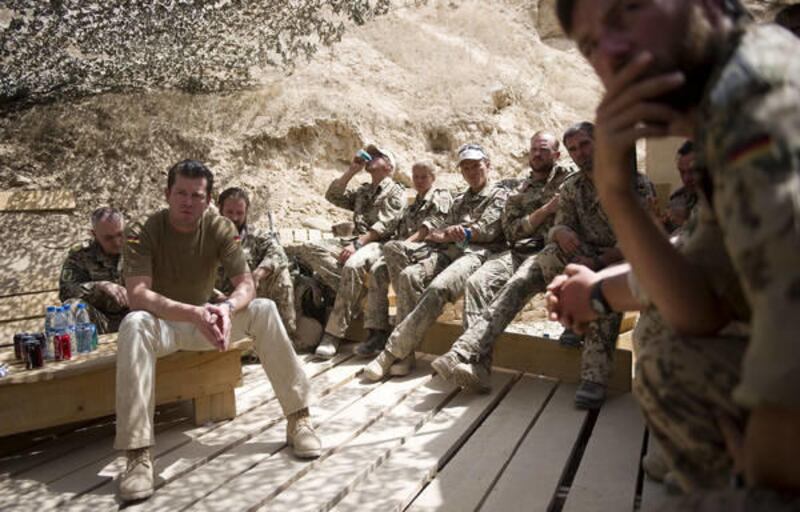Two weeks ago, the charismatic German politician and heir-apparent to Chancellor Angela Merkel, Karl-Theodor zu Guttenberg, resigned as minister of defense. It had come to light that his doctoral dissertation was adorned with more than 300 instances of plagiarism. A spectacular leadership failure to be sure, but why?
A simple way to think about leadership is to divide it into two parts — a core and a crust. The distinction gives us a clearer eye. The core represents those things that are indispensable, while the crust those things that are important. What then goes in the core? And what goes in the crust?
The core of leadership is character. It represents the essence of who you are and what you stand for. It has nothing to do with Churchillian eloquence, a puckish sense of humor or grasp of strategy. The crust of leadership is all of that — all of your knowledge, experience and skills. Both parts are important, but not equally important.
Viewed through the core/crust lens, leaders congregate around three main types:
1. Strong core + strong crust = great leader. If you are strong in both areas, you have the powerful combination of character and competence. This is where greatness lies, because you have the capacity and the intent to help others and accomplish meaningful goals.
2. Strong core + weak crust = nice leader. A nice leader is a person of character who lacks competence. Leaders in this category work hard, care and have integrity, but their lack of competence holds them back from making a fuller contribution. We trust them personally, but not professionally.
3. Weak core + strong crust = dangerous leader. A dangerous leader is a person who combines great intelligence and skill with flawed character. When a leader has significant capacity and directs that capacity toward destructive goals, people suffer.
In the annals of history, great leaders become famous, dangerous leaders become infamous and nice leaders become invisible. Thus, we remember the Lincolns and the Stalins. Everyone else is lost in obscurity.
Now let me ask two important questions: First, where do we spend most of our time — on the core or the crust? Need I even ask? Most individuals and organizations spend no less than 95 percent of their development efforts and resources on the crust. We obsess on growing and deepening the crust. We want our leaders to be clever.
Now the second question: Where do the biggest leadership failures come from? The core, of course. The erstwhile German defense minister is Exhibit A. It’s always a collapse of the core.
The essence of leadership is the process of influencing volunteers to accomplish good things. Leadership begins with the core, with our intent to lead. The first question of leadership is simple: Why do you want to lead? Isn’t it interesting that we rarely ask such a question when we hire or promote our leaders. And yet the question reveals the motivational basis of a person’s desire to lead.
Let me re-emphasize that people are volunteers. This acknowledgment reminds us of a couple of things. First, leaders are no better than their followers. Second, performance is based on discretionary contribution. The history of leadership is largely a chronicle of people being muscled, coerced and pressed into service. Actually, this isn’t leadership at all, but we’ve been calling it that for centuries and now it’s catching up with us. Increasingly, we see a very interesting trend in organizations. In a turbulent, globalizing world, talented people are less willing to put up with core-less leaders, regardless of how clever they are. Next-Gen workers, in particular, seem to have a highly developed sense of smell for dangerous leaders. If you don’t pass the smell test, they will resist your leadership or simply leave. The personal risk is just too high.
There are no shortcuts to becoming a great leader. It takes hard work, humility and self-discipline. Meanwhile, our society is in desperate need of people with that all-too-rare combination — strong core and strong crust. Both will be tested, but the toughest tests will be tests of the core. And they certainly will come!
Timothy R. Clark, Ph.D., is an author, international management consultant, former two-time CEO, Fulbright Scholar at Oxford University and Academic all-American football player at BYU. His latest two books are "The Leadership Test" and "Epic Change." E-mail: trclark@trclarkpartners.com


